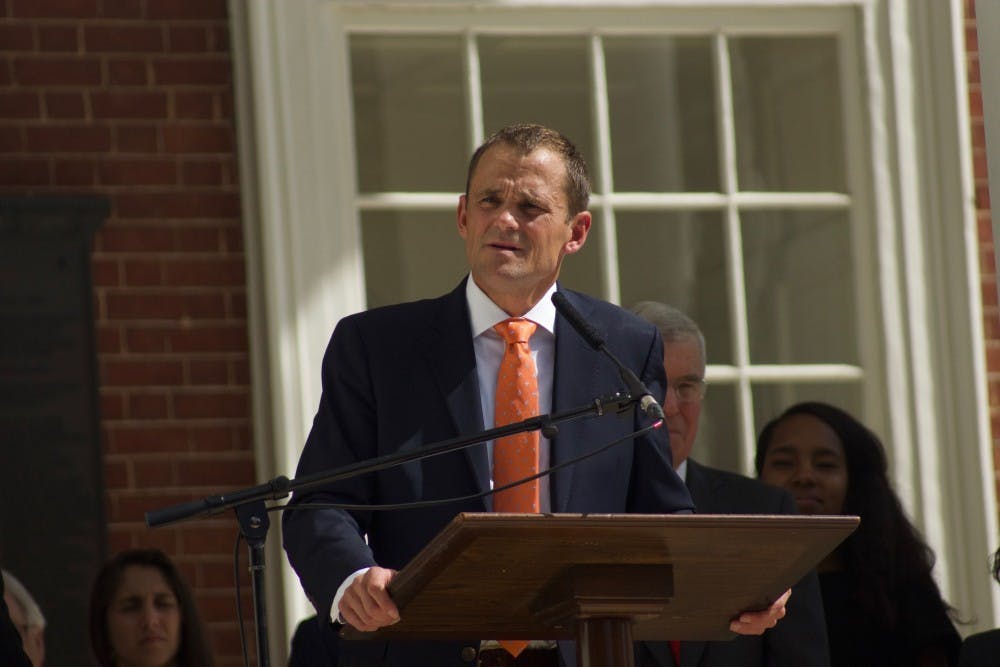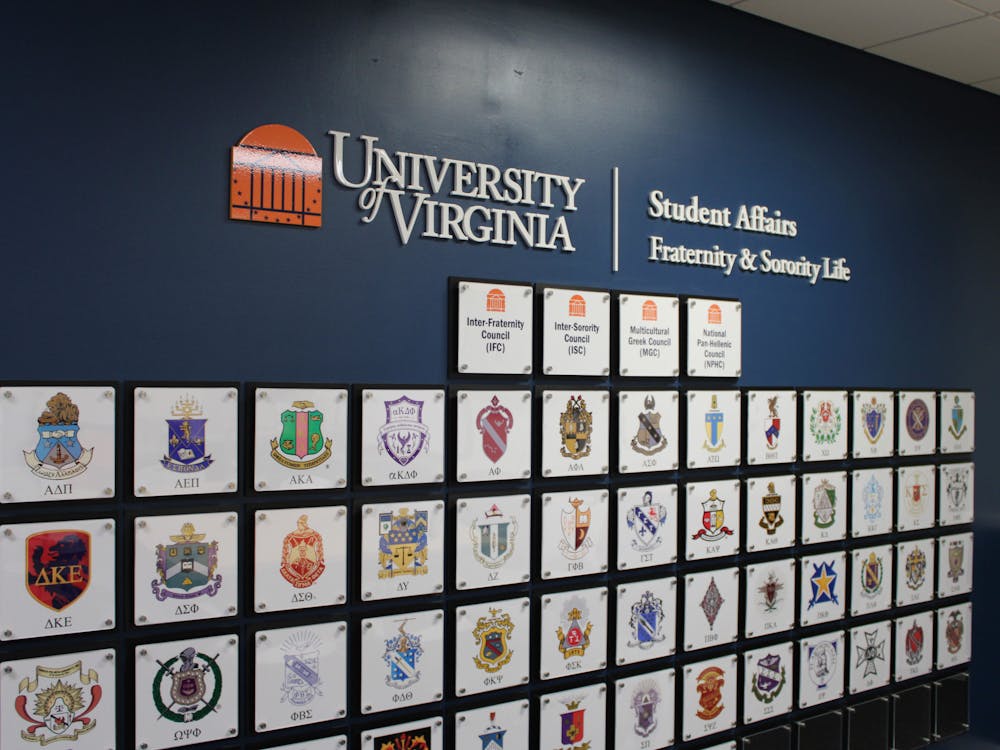President-elect James E. Ryan is deeply ingrained in the University community. He developed relationships with both students and his fellow faculty and — as he mentioned in his opening address — Ryan has maintained friendships with many of those who have stayed involved in the community. Such strong ties to the University positions Ryan to develop a relationship of mutual care with the student body, a currently underutilized facet of the presidency.
Next October, Ryan will return to a community which has clearly played an integral role in his life. Just six years after graduating from the Law School, he joined the faculty as the Matheson and Morgenthau Distinguished Professor of Law and as an associate dean. Ryan’s popular classes and his establishment of the Program in Law and Public Service — which develops advocacy skills in students preparing for careers in public service — illustrate how highly he values student-faculty relationships. As president, Ryan should seek to further those partnerships through tangible interaction and engagement with students.
President Teresa Sullivan has worked hard to bridge the gap between the administration and the student body. In recognition of its bicentennial, the University has developed the Cornerstone Plan, which lays out goals for University growth in culture, research, engagement and accessibility. Implementation of these overarching goals has already begun with the establishment of the Data Science Institute, a new major in Global Studies and several other initiatives. Sullivan has striven to include many different groups of University stakeholders in the planning — including students — stating that “more than 10,000 students, alumni, staff, faculty, donors, parents, and community members” have contributed to the development of the plan. Although policy has been crafted in accordance with student input, the current administration lacks the visibility which could ultimately characterize the success of its work. Other than class-wide events such as Convocation and Final Exercises, and occasional emails and promotional videos, the administration has a limited presence around Grounds. Students generally feel a disconnect between themselves and the administration, which inhibits the University’s ability to accomplish its goals. If Sullivan had developed a more public profile during her tenure, students may have had a more positive outlook on her administration’s policies. Ryan has the opportunity to build on Sullivan’s legacy by adding a tangible presence around Grounds to his administration. By developing personal relationships and a general relationship with the student body, Ryan will set himself apart from the current administration.
With the current infrastructure of the University community, Ryan has several powerful avenues to connect with the student body. Ryan could — for example — hold weekly video conferences where he takes questions from students online, and responds to them in real-time. The most important element of this suggestion is the real-time response. For a University president to respond immediately to students’ questions would show a vested interest in their well-being, as opposed to current models of student-administration interaction which fail to recognize the importance of personalized interaction. In addition, Ryan could simply take walks around Grounds where students would have the opportunity to see and talk with him. This kind of visibility would help Ryan demonstrate his care for each individual student, and offer him the chance to hear student opinion firsthand, which could better inform his policy decisions. Regardless of specific policies, Ryan should ensure that his presidency is characterized by close, personal interaction with students. Such a relationship with the body of the University community most impacted by his administration’s policies will aid in the success of his tenure.
In addition to serving as the highest ranking administrative official whose oversight permeates every department and program, the president must lead the University community in times of crisis. In these moments, the president must offer guidance and support, and bring the community together and provide solace to those who need it. The events of Aug. 11 and 12 have left a lasting mark on the University community. Short-term effects are widespread, and long-term effects will influence the University for years to come. For Ryan, this means engaging with students at a personal level; it means listening to their concerns and then making necessary changes. Serving as a visible, accessible resource to students is vital to the success of his term as president.
If Ryan can engage with the student body effectively, the University will see incredible accomplishments during his tenure. During his speech on Sept. 15, Ryan stated his desire for community involvement during his tenure “in an effort to set a clear and compelling path for the next chapter in the life of this wonderful place.” Through active and personal engagement with students, Ryan will help the University grow as both an academic institution and a unified community.
Jake Lichtenstein is a Viewpoint writer for The Cavalier Daily. He may be reached at j.lichtenstein@cavalierdaily.com.





